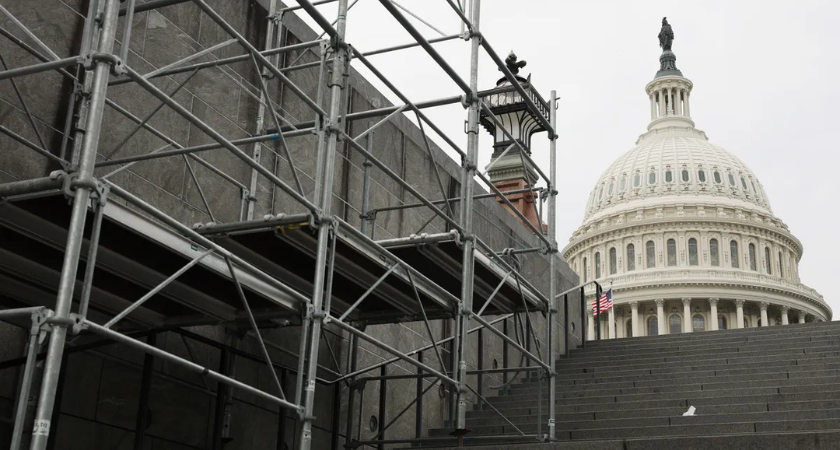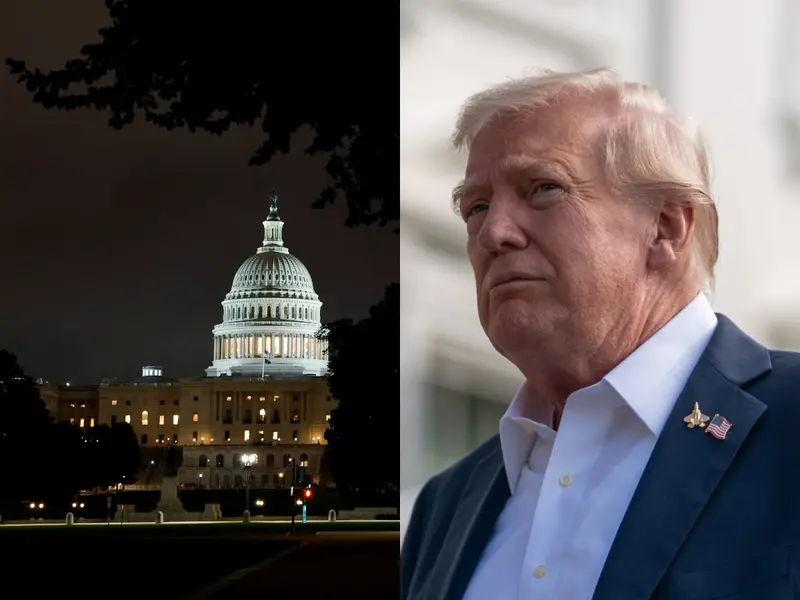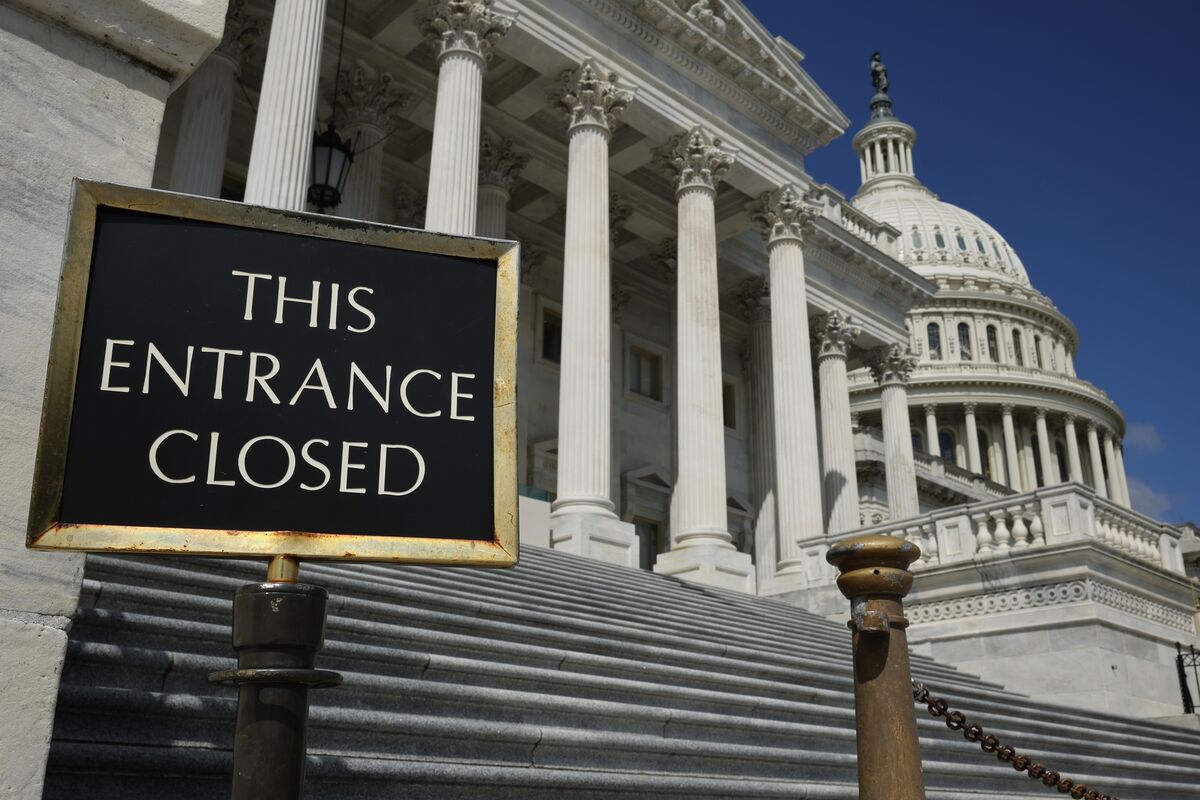
As Congress struggles to reach a funding deal, the construction sector is bracing for a potential work stoppage that could upend federal and federally connected projects nationwide. A meeting on Monday between President Donald Trump and congressional leaders concluded without an agreement, raising the likelihood of a shutdown beginning Wednesday, Oct. 1.

If lawmakers fail to avert the lapse, construction activity tied to federal oversight, funding, or staff approvals could face immediate disruption. Industry leaders warn the consequences will be widespread — slowing current progress, delaying upcoming bids, and undermining contractor confidence in the federal market.
The first and most vulnerable jobs are those fully dependent on federal appropriations. Even when money is technically allocated, many projects cannot proceed without the involvement of contracting officers or federal oversight staff.
Marsia Geldert-Murphey, a former president of the American Society of Civil Engineers and senior associate at GBA in Lenexa, Kansas, told Construction Dive that the absence of federal personnel would cause projects to freeze in place.
“The real problem is going to be the federal employees,” said Geldert-Murphey. “Are they going to be furloughed? In many cases, we can’t move forward with the project if the federal oversight is not there.”
She emphasized that even active projects could stall if any required sign-offs, inspections or approvals are delayed.
Projects in motion may continue only if they have the funding secured upfront and do not require immediate input from federal employees. However, any pending contracts, cost-type agreements, or task orders waiting on approval are at risk.
Erik Wright, principal at Precision Construction Services in San Luis Obispo, California, described the long-term effects from the last major shutdown:
“When the government shut down in late 2018, early 2019 for around 20 working days, projects in the final stages of contracting or early stages of construction were delayed three to four months,” Wright told Construction Dive. “We had contracts in process late in 2018 that didn’t end up coming through until April and May of 2019, which presented significant cash flow and staffing challenges for us.”
Supply chains could be affected almost immediately, Geldert-Murphey added. With materials priced only for limited timeframes, rebidding and remobilization costs may climb if the shutdown drags on.
The Associated General Contractors of America (AGC) noted that most fixed-price contracts with previously appropriated funds should be able to continue. That includes work funded through the Infrastructure Investment and Jobs Act and allocations from the Highway Trust Fund.
In its emailed statement to Construction Dive, AGC indicated that work covered by agencies such as the Federal Highway Administration and Federal Transit Administration likely won’t be interrupted since they are funded outside annual appropriations.
But not all contracts fall into these protected categories. Projects built on cost-type contracts or those still awaiting award face a near-total freeze. Work at the state or municipal level that ties into federal infrastructure may also grind to a halt.
Geldert-Murphey warned of cascading consequences:
“If the federal project is delayed and you’re assuming that you’re going to be building connecting to something that’s already built, the cascading effect can be devastating,” Geldert-Murphey told Construction Dive. “If they [contractors] don’t have that communication on the federal side, you’re at a standstill, which is again, a domino effect of pushing back decisions that are being made.”

Wright said shutdown-induced uncertainty could ripple beyond federal projects:
“The construction supply chain is tightly interconnected, so if federal infrastructure or defense work slows, demand volatility for materials and subcontractors will spread beyond federal jobs,” Wright told Construction Dive. “Repeated shutdowns erode confidence in the government as a reliable contracting partner, which can influence how firms price future bids and whether they pursue certain opportunities at all.”
Paul Richter, operations vice president at Messer Construction in Cincinnati, agreed that the effects could span from immediate disruption to longer-term slowdowns in development planning.
“A prolonged shutdown lasting several months could potentially stunt progress for planning and development of future projects, leading to a disruption to the flow of work on a longer-term horizon,” Richter told Construction Dive.
Although military construction contracts often secure funding in advance, the absence of government staff could halt onsite progress. Richter noted that staffing furloughs, not just funding, could pause renovation work.
Industry leaders argue that the uncertainty alone could cool federal contracting opportunities and delay infrastructure delivery.
Kristen Swearingen, vice president of government affairs at Associated Builders and Contractors, summed up the sector’s frustration:
“Any government shutdown creates uncertainty … including potential delays in federal infrastructure projects,” Swearingen told Construction Dive. “ABC urges Congress and the president to find a better way forward.”
With no deal yet in sight, contractors, suppliers and public agencies are preparing for impacts that could stretch far beyond Washington — and linger long after work restarts.
Originally reported by Sebastian Obando in Construction Dive.